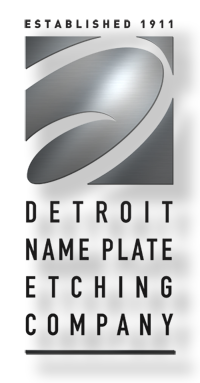The practice of etching dates back to the 16th century at the latest. The first confirmed instance of an etched plate is an Urs Graf work dated 1513.⁽¹⁾ There are indications to assume that this practice was used to decorate armor and weapons before this, but such items aren’t commonly dated.
Originally practiced by goldsmiths for decoration purposes, etching was quickly accepted by artists as an alternative to engraving for the purpose of printmaking. Chemical etching represented a faster way to cut lines along with more freedom of expression and a greater tonal range.
Some of the greatest painters throughout history have produced etched plates. Masters such as Rembrandt, van Dyck, Goya, and Picasso have practiced the craft. In addition to intaglio printmaking, a practice called niello is also an historical artistic form. This method is characterized by filling-in the ground (depressions) of an etching with with a black amalgam, leaving the metal figures in relief.
The technology of etching depends on the fact that acids can dissolve metal; this has been known since antiquity. It was the idea of using a resist (wax in medieval times), that was the genius behind the technology. The resist forms a barrier which covers the work and is selectively removed by the artist (etcher) to facilitate contact with the acid. The resist, and the metal directly underneath, remains unaffected while the exposed areas slowly etch away. The length of exposure determines the depth, and is a pivotal factor along with the chemical nature of the acid itself.
Today, with over 500 years of development, etching has become quite a bit more advanced. The old masters, though artistic as they were, didn’t have access to the products of modern synthetic chemistry. Not only have the mordants (etching baths) improved, but so have the resists.
The most interesting development since the advent of etching itself is photolithography (photo-etching). The principle behind the technology is the use of a resist which hardens upon exposure to light. After exposure, the unexposed areas remain soluble and can be removed with a solvent while the exposed resist remains. This is has surprising utility; photolithography is used in the production of thousands of electrical circuit boards every year and has been a main factor in the progress of computing and the miniaturization of electronics.
There aren’t many limits to what can be etched. If it’s metal and if it’s portable, it can usually be etched; this technique isn’t limited to flat plates. In addition to nametags and badges, less traditional objects can be etched as well.
